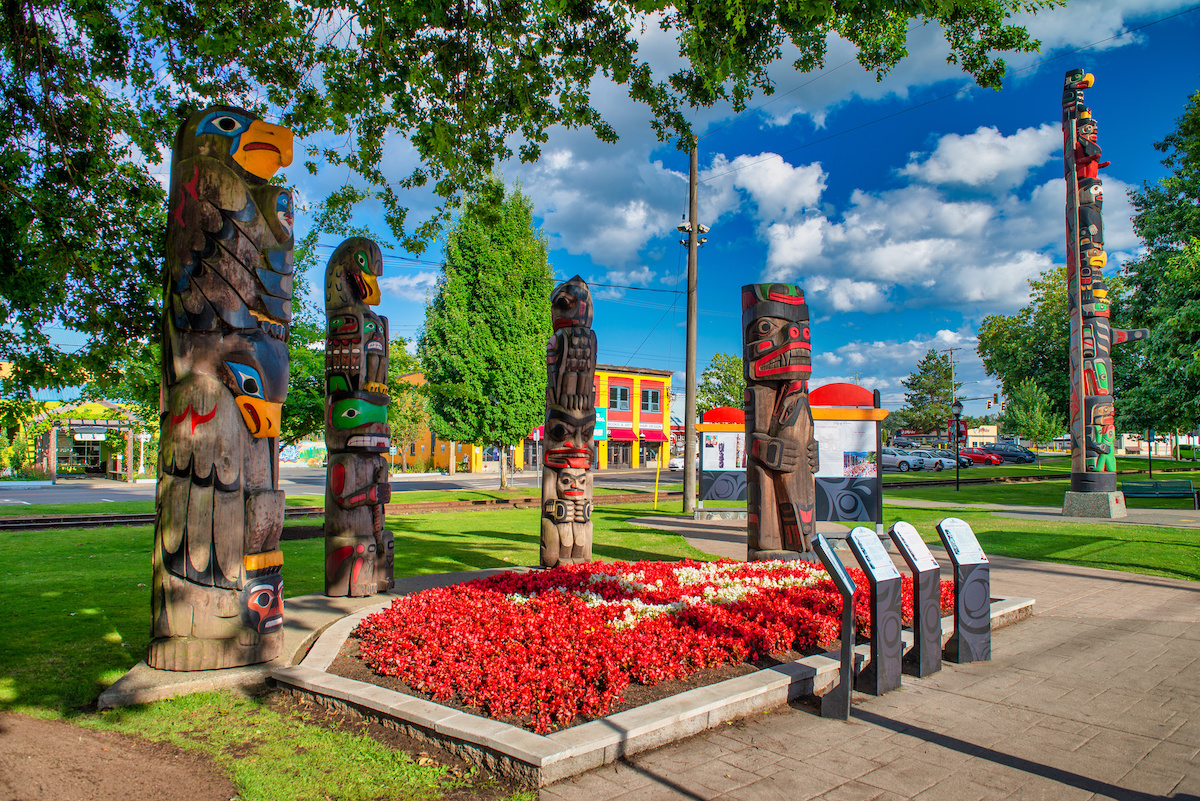Vancouver, one of the most ethnically diverse cities in Canada, boasts a rich cultural tapestry woven by multiple waves of immigration. This bustling city on the west coast serves as a beacon of multiculturalism, where various cultures have influenced its evolution, enriching its social fabric, and transforming it into a cosmopolitan hub that it is today.
Historical Context
Vancouver’s history is deeply intertwined with immigration. Since its establishment, Vancouver has been a magnet for immigrants seeking new opportunities. The original inhabitants, the Indigenous Squamish, Musqueam, and Tsleil-Waututh peoples, were followed by British settlers, marking the city’s first significant wave of immigration. However, the city’s cultural dynamic truly began to shift with the Gold Rush in the mid-19th century, which attracted a vast influx of immigrants, particularly from China.
Waves of Immigration
Over the years, Vancouver has seen several significant periods of immigration, each contributing to its cultural mosaic. The late 19th and early 20th century saw a large influx of Chinese immigrants who were instrumental in the building of the Canadian Pacific Railway. They brought with them rich traditions, food, and a strong sense of community, significantly shaping Vancouver’s cultural landscape.
In the early 20th century, South Asian immigrants, particularly from Punjab, arrived and made Vancouver their home. The mid-20th century saw an influx of immigrants from Europe, particularly Italy and Greece, followed by those from the Middle East and Africa in the late 20th and early 21st centuries. Each wave of immigration has left indelible imprints on Vancouver’s culture, adding layers of complexity and richness to the city’s identity.
ALSO READ: The state of restaurant cleanliness in Vancouver
Cultural Influence on Communities and Neighborhoods
The cultural influence of immigration is evident in Vancouver’s neighborhoods, each bearing unique characteristics of the immigrant communities that established them. Chinatown, with its vibrant markets, traditional apothecaries, and historical architecture, reflects the enduring Chinese influence. The Punjabi Market, an area teeming with Indian stores, restaurants, and cultural centers, showcases South Asian culture.
Italian influence is prevalent in Commercial Drive, known locally as “Little Italy,” where Italian coffee bars, delis, and pizzerias line the streets. The Greek influence is also apparent in the Kitsilano area, particularly during the annual Greek Day festival. These neighborhoods, each with their distinct cultural identity, are crucial elements of Vancouver’s multicultural persona.
Conclusion
The many waves of immigration have undoubtedly shaped Vancouver, creating a vibrant and diverse cultural landscape. From the rich tapestry of its neighborhoods to the city’s culinary scene, festivals, and social ethos, the influence of its immigrant communities is pervasive. As Vancouver continues to evolve, the ongoing influx of immigrants ensures that the city remains a dynamic, multicultural hub. The city’s cultural narrative, thus, is a testament to its immigrant past, a reflection of its multicultural present, and a promise of an even more diverse and inclusive future. As immigration patterns shift and new cultural groups find their home in Vancouver, the city’s cultural landscape will continue to evolve, reflecting the changing demographics.
The cultural synthesis that has characterized Vancouver’s history is an integral part of its charm and allure. A walk down its streets offers a global tour, from the aromatic flavors wafting out of a dim sum restaurant in Chinatown to the vibrant colors of Indian apparel in the Punjabi Market, each telling a story of a community that has journeyed far and found a home in Vancouver.
As we look to the future, it is clear that immigration will continue to be a driving force in Vancouver’s cultural evolution. With each new wave of immigrants, Vancouver will continue to redefine its identity, building on its rich history while embracing new traditions, ideas, and perspectives. This dynamic interplay of cultures will ensure that Vancouver remains a vibrant, multicultural city that truly embodies the Canadian spirit of diversity and inclusion.
In conclusion, the influence of immigration on Vancouver’s culture cannot be overstated. It is a city that has been shaped and continues to be shaped by the diverse people who choose to make it their home. The cultural, social, and economic contributions of these immigrant communities have played a significant role in making Vancouver the thriving, dynamic, and culturally rich city that it is today. The story of Vancouver, therefore, is truly a story of immigration and the transformative power of diversity.
